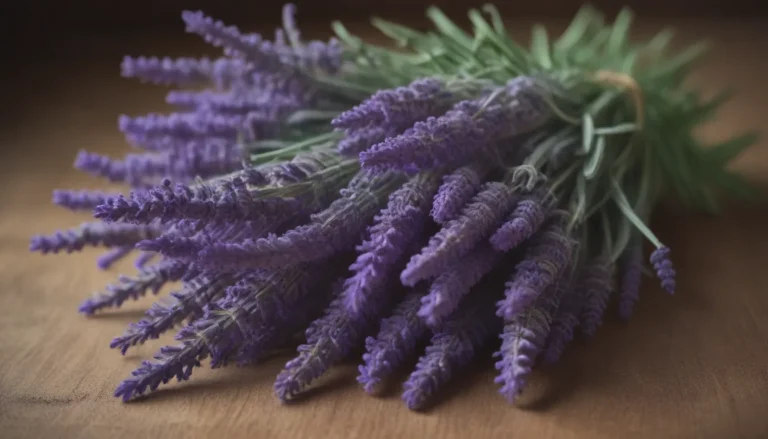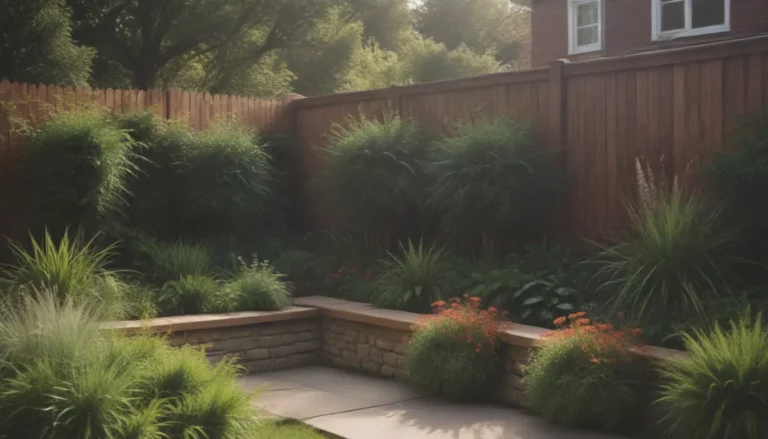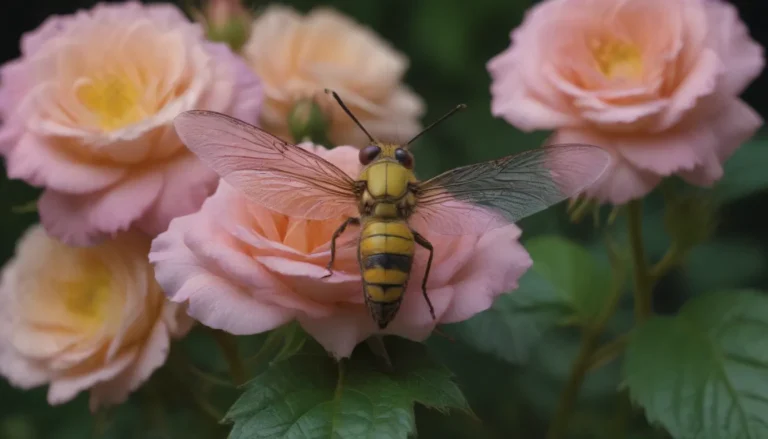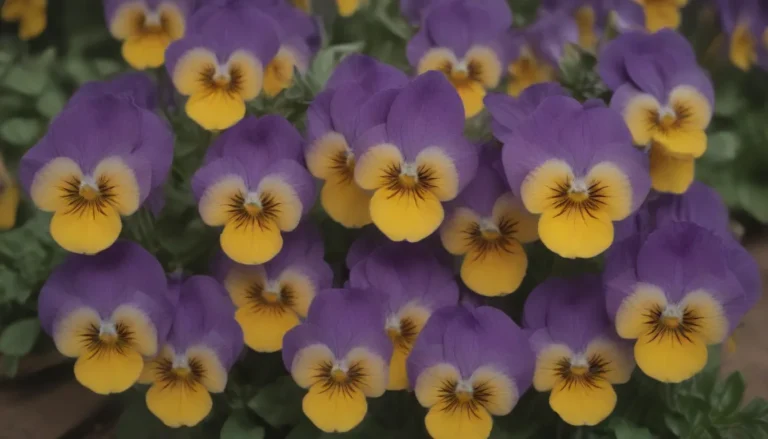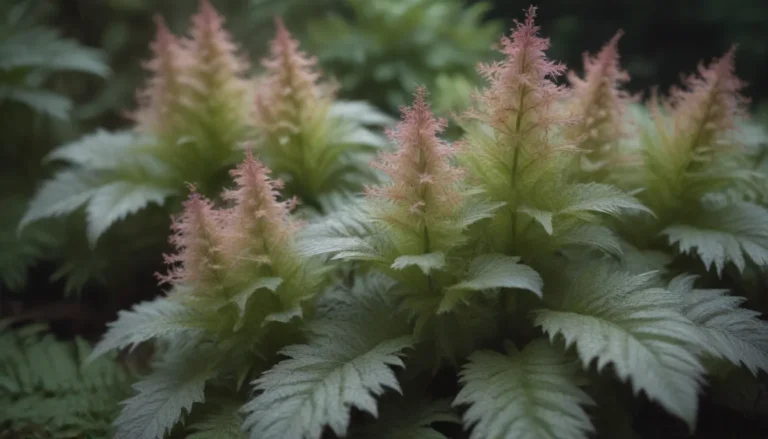The Ultimate Guide to Growing and Caring for Lemon Balm Indoors

Welcome to our in-depth guide on how to successfully grow and care for lemon balm indoors! Whether you’re a seasoned gardener or just starting out, this versatile herb is a fantastic addition to any indoor garden. Known for its fresh citrusy scent and culinary uses, lemon balm is a must-have for any herb enthusiast. In this guide, we’ll cover everything you need to know about growing and caring for lemon balm indoors, from soil and light requirements to propagation and common diseases.
Lemon Balm: An Introduction
Before we delve into the specifics of growing and caring for lemon balm indoors, let’s take a closer look at this ancient herb. Native to southern Europe, lemon balm is closely related to mint and has a rich history dating back to ancient Greece and Rome. Its leaves were used in tonics and teas, while its essential oils were extracted for various medicinal purposes. Lemon balm is a rapid grower and can reach impressive heights when planted outdoors. However, many gardeners prefer to grow it in containers to control its invasive nature. With the right care, lemon balm can thrive indoors, providing you with a fresh and fragrant herb to use in your cooking and home remedies.
Lemon Balm Care Indoors
Lemon balm is a hardy perennial shrub that can thrive indoors year-round, as well as outdoors in warmer climates. Here are some essential care tips to help you grow healthy and happy lemon balm plants indoors:
Light
- Lemon balm thrives in sunny spots, so make sure to place your herb containers near a windowsill that receives at least five to six hours of sunlight per day.
- Rotate your plants periodically to avoid burning from harsh direct rays.
- Monitor your plant for any signs of browning leaves, which could indicate issues like cold air or excessive sunlight.
Soil
- Choose a slightly sandy, well-drained soil for your lemon balm plants.
- Consider mixing your potting soil with sand or a drier soil varietal if it tends to stay too moist between waterings.
- Opt for a container with ample drainage holes to prevent waterlogging.
Water
- Always err on the side of under-watering rather than over-watering your lemon balm plants.
- Water in small quantities as soon as the top inch of soil in the pot has dried up.
- Avoid saturating the soil, as lemon balm plants are susceptible to root rot if overwatered.
Temperature and Humidity
- Keep your lemon balm away from drafty areas that are too hot or too cold.
- Lemon balm does not require a humid environment to thrive, so no need for a humidifier.
Fertilizer
- While lemon balm does not require additional feeding, you can use a light liquid fertilizer every few weeks to encourage growth.
- Consider skipping fertilizing if you’re growing lemon balm for culinary purposes to maintain its scent and flavor.
Propagating Lemon Balm
Lemon balm is known as a self-seeding plant outdoors, but indoor growers may not see their plants set seeds. If your plant bolts, it’s recommended to start anew from packaged seeds or seedlings from a garden center. Here’s how you can grow lemon balm from seed:
How to Grow Lemon Balm from Seed
- Start lemon balm seeds in a shallow pot or dish, barely covering them with soil.
- Expose the seeds to ample light and water lightly to keep them from drying out.
- Germination should occur in 10–14 days, after which you can transplant the seedlings into a traditional pot with soil.
Common Diseases and Pests
Lemon balm is relatively pest-free but can be susceptible to powdery mildew. To prevent this, ensure your plants have enough space to allow for good air circulation. If powdery mildew does develop, remove infected leaves and treat with a mild fungicide.
In conclusion, growing lemon balm indoors can be a rewarding experience with the right care and attention. By providing your plants with ample sunlight, well-drained soil, and proper watering, you can enjoy a bountiful harvest of fresh lemon balm leaves for your culinary and medicinal needs. So, roll up your sleeves, grab your gardening tools, and get ready to grow your own lemon balm oasis indoors!
